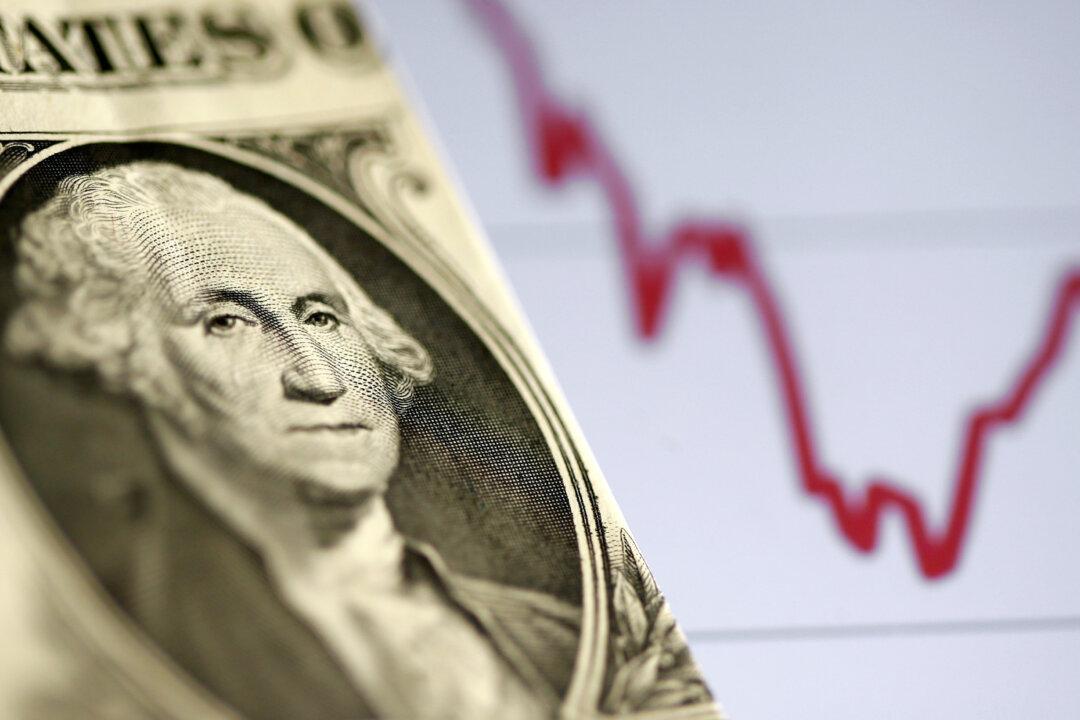Lending by U.S. banks has plunged by the biggest amount on record in the final two weeks of March, according to the latest data from the Federal Reserve, prompting analysts to renew warnings of recession and stagflation.
The Fed data show that commercial bank lending in the United States fell by $105 billion in the two weeks ending March 29—the largest pullback in the measure on record, which dates back to 1973.





